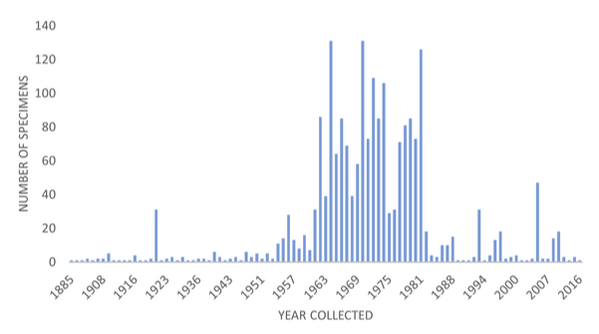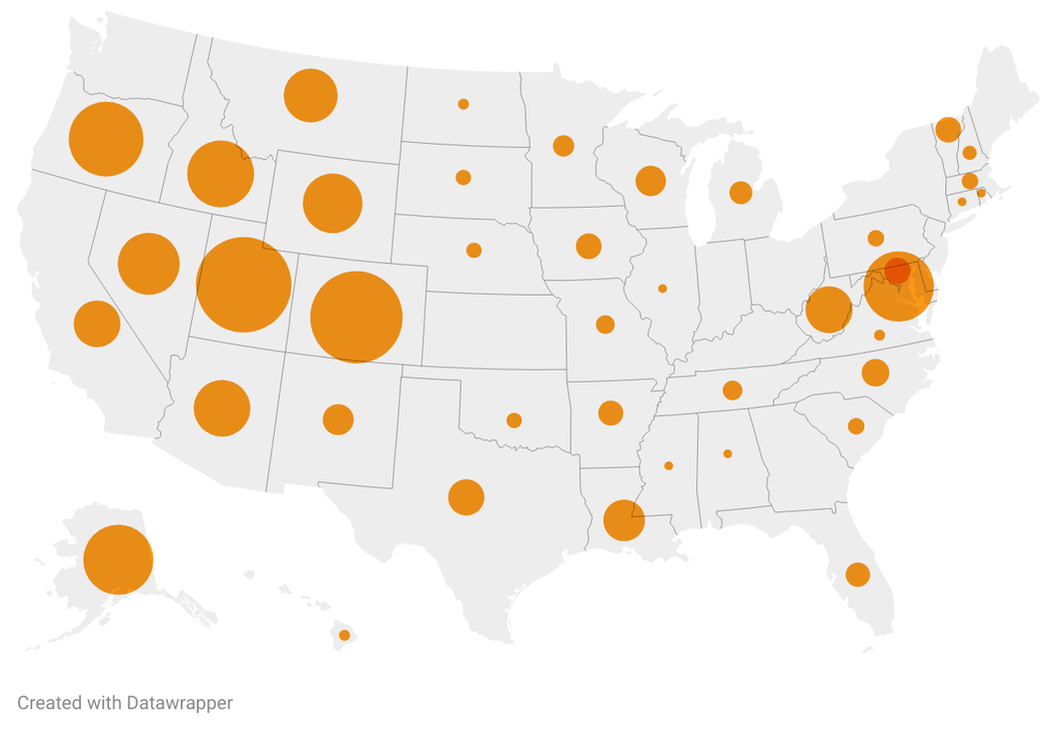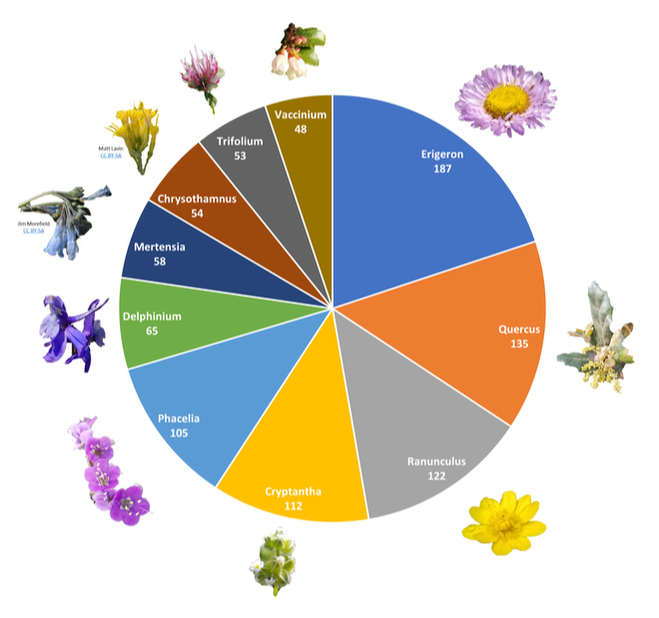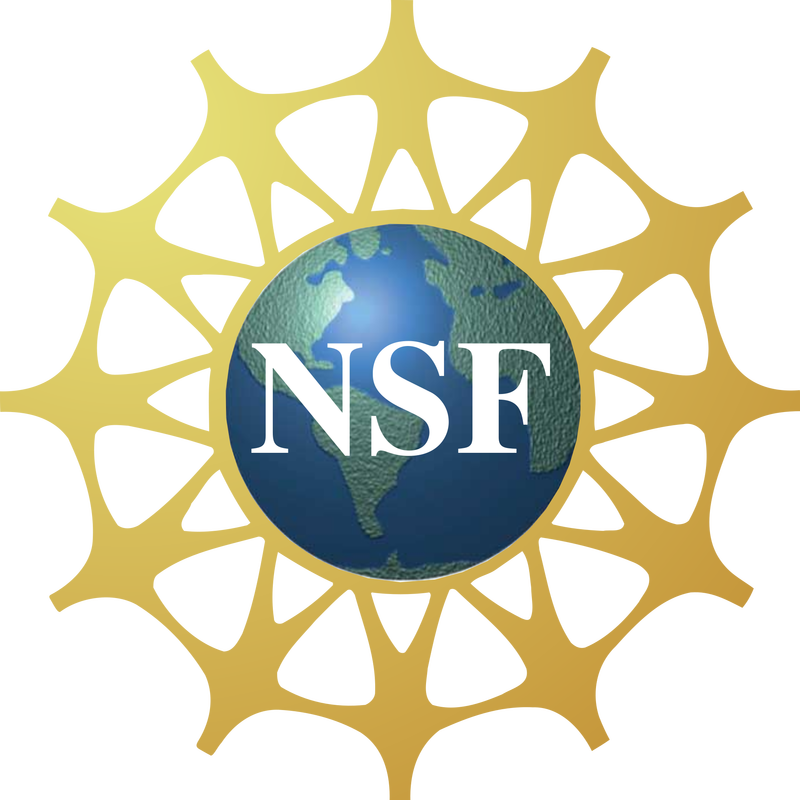|
Dear community scientists, transcribers, volunteers, stay-at-homers, and data entry extraordinaires, We couldn't do it without you! Watching our numbers of transcribed specimens climb is so exciting for the community of herbarium directors, curators, collections managers, and in-person volunteers. Your work matters, and it demonstrates that people outside the herbarium walls also believe that natural history specimens matter. With your help, over 25,000 specimen records have been transcribed for the herbaria at seven California institutions: CSU Los Angeles, CSU Fresno, CSU Long Beach, CSU Cal Poly SLO, CSU Humboldt, UC Irvine, and UCLA. Although housed at California herbaria, these specimens have been collected across the nation—and often across the globe—for hundreds of years. Take, for example, the specimens from the most recently completed expedition, which featured the herbarium at Humboldt State University. Notes from Nature volunteers transcribed over 2,000 specimens for this NW California herbarium. The oldest specimen was collected in 1885 by Wilhelm N. Suksdorf, an autodidactic German-American botanist who specialized on the flora of the Pacific Northwest U.S. The newest specimen was collected only five years ago by one J. Mueller in Nevada, for whom the Humboldt State Herbarium only has three specimens catalogued to date. The majority of specimens were collected in the 1960s and 1970s, as shown in the graph below. Humboldt State had a strong prior history of digitizing their California specimens, so the majority of specimens in this expedition were found outside California, indeed, all across the United States! The plants these specimens encapsulate are not only geographically and temporally diverse, but also phylogenetically diverse (i.e., diverse in terms of species). This single expedition included over 800 different taxa, from the stately Emory oak (Quercus emoryi) to the delicate one-flowered wintergreen (Moneses uniflora). The top ten genera in this expedition included fleabanes (Erigeron), oaks (Quercus), buttercups (Ranunculus), popcorn flowers (Cryptantha), phacelias (Phacelia), larkspurs (Delphinium), bluebells (Mertensia), rabbitbrushes (Chrysothamnus), clovers (Trifolium), and huckleberries/blueberries (Vaccinium): a rainbow of flowering plants spanning the country and including several species endemic to California. The data from the Humboldt State expedition, as well as all the expeditions before it, have been carefully cleaned and uploaded into the public portal of the Consortium of California Herbaria, CCH2, where they are accessed daily by botanists, ecologists, educators, land managers, and so many more. It truly takes a dedicated community to create, curate, and capitalize on these fantastic pieces of data and botanical history. Thanks a million! Sincerely, The California Phenology Network
1 Comment
|
Archives
August 2022
Categories
All
|
|



